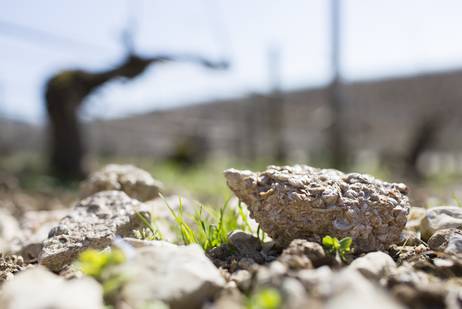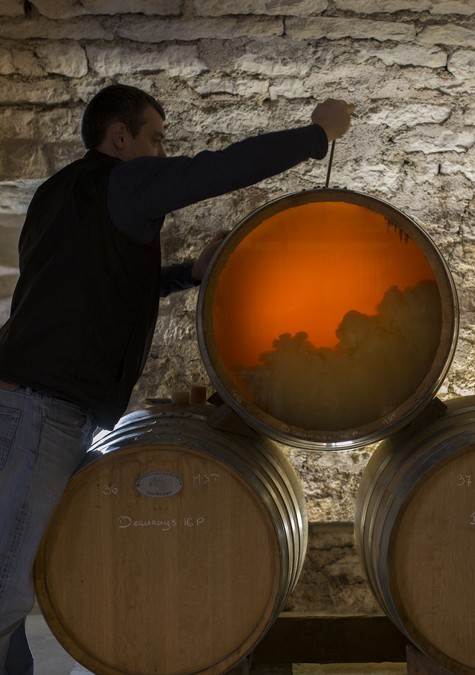CHABLIS, THE ARCHETYPE OF MINERAL WINE
WHERE DOES MINERALITY COME FROM?
The vine needs minerals to nourish itself, but these are water-soluble elements absorbed by the roots. Geologists have however brought this to our attention: geological minerals, commonly called rocks, must not be confused for nutrient minerals in the form of ions, such as those listed on a bottle of mineral water for example. Of course, wine contains mineral compounds, but they are present in such low concentrations that a human palate cannot detect them, provided they even have a taste. The minerality, as it is perceived on the nose or on the palate, originates someplace else.
In the early 2000s, aromatic molecules were an important research topic. Professor Denis Dubourdieu identified a benzenemethanethiol molecule generating notes of smoke and gunflint, especially in white wines. Even more recently, studies in chemistry have shown that umami, the semi-sweet, semi-salty flavor found in meats, cheeses, ripe tomatoes, and soy sauce, comes from glutamic acid, found in the vine and the wine. Chardonnay contains some as well. A lead has been found but there is still a lot to explore on the subject.
“Le Corps et l'Esprit” by Samy Belades, winner of the When Pure Chablis Meets Art 2017 Competition.
HOW IS MINERALITY DESCRIBED?
3 categories to describe minerality

OCEAN
- Iodine
- Inside of a shell
- Fresh oyster
- Ocean spray

LAND
- Chalk, white limestone
- Gun flint, flint
- Gunpowder
- Wet Stone
- Rain on warm ground

SMOKE
- Sulfur (freshly struck match)
- Lapsang Souchong tea
- Smoked wood



